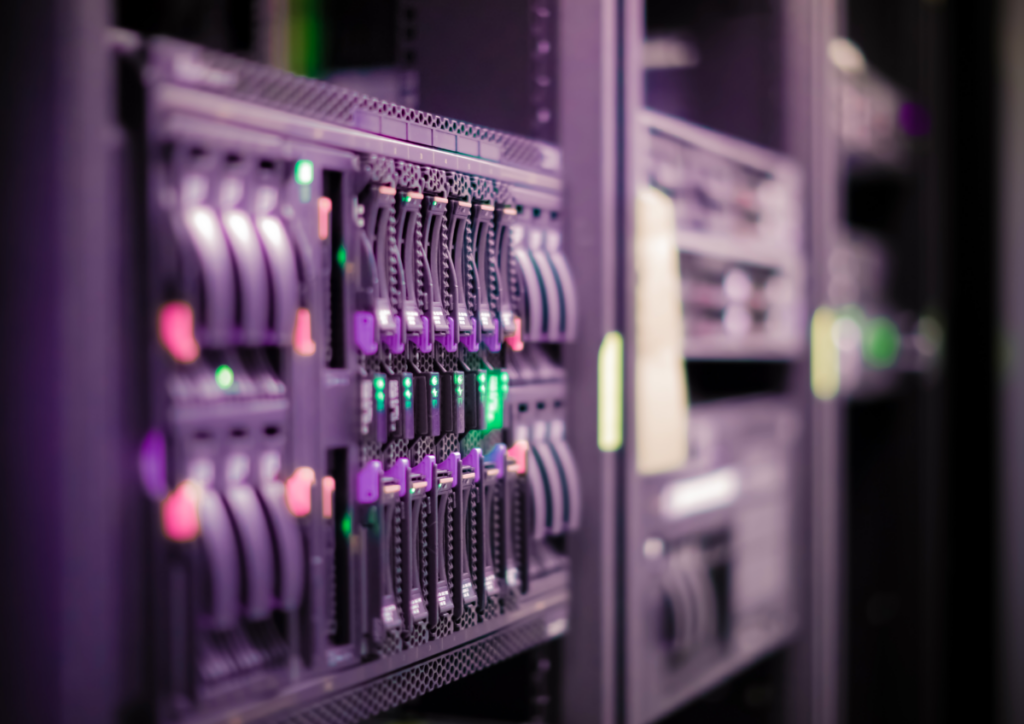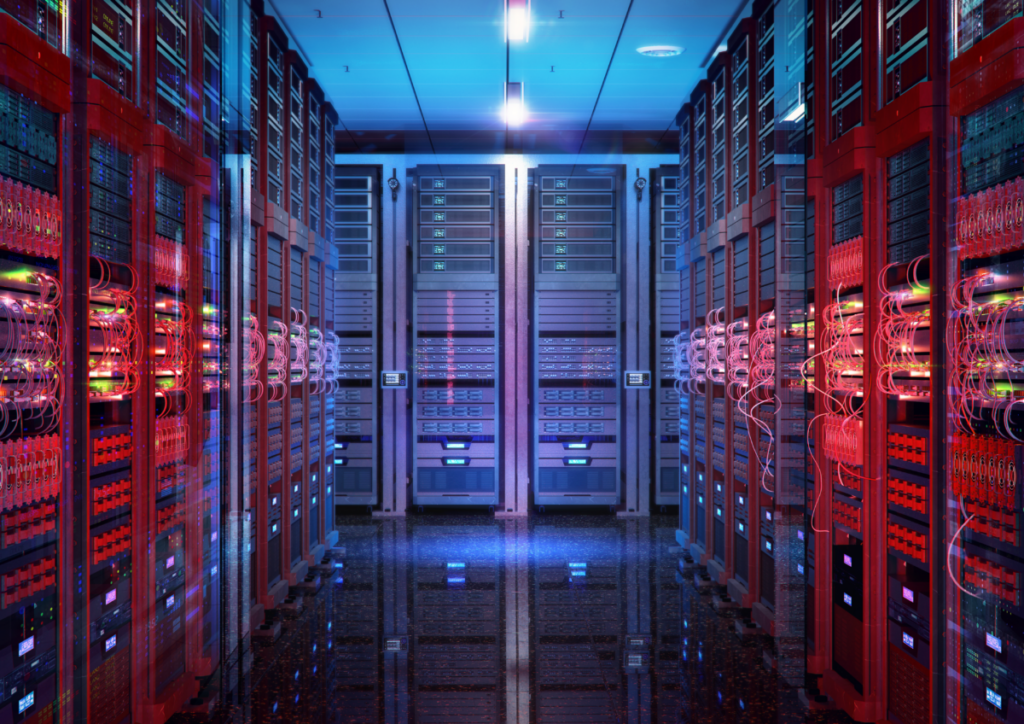A European leader in cyber security innovation
Continuous innovation is essential to staying one step ahead of cyber criminals. That’s why we’re involved in almost 30 cutting-edge research and development projects.
This enables us to deliver more resilient, agile and effective products and services to our customers today – and secure the critical systems of tomorrow.
Our innovation roadmap is based on four core pillars:
As digitalisation continues, and emerging technologies like AI and machine learning become mainstream, these pillars will be central to protecting our clients’ complex interconnected systems. Learn more below.
Secure connectivity
IT and OT systems are becoming increasingly connected. This brings greater efficiencies, improved visibility into value chains, and enables real-time data exchange.
However, hyper-connected systems are more vulnerable to cyber-attacks. When it comes to critical infrastructure – like electrical grids, nuclear power stations and manufacturing facilities – such attacks can seriously impact both operational continuity and human safety. We’re innovating to protect organisations against this eventuality.
Virtualisation
More organisations are adopting cloud technologies and using digital twinning to simulate multiple operating systems on a single device. Both are examples of virtualisation.
Though they offer lower costs, greater scalability and improved business continuity, the lack of a fixed perimeter in virtualised environments carries a unique set of cyber threats. As such, organisations must embrace virtualised security toolkits and simulation platforms – such as cloud-based SOCs and our CyberRange solution – to protect themselves in today’s virtualised world.
Cognification
Cognification – the process of making objects and systems smarter using artificial intelligence and machine learning – is fast becoming ubiquitous in sectors including defence, mobility and manufacturing.
Within cyber security, AI is also increasingly being used to identify threats, detect attacks and automate responses. In fact, it’s crucial to the future of cyber security operations. That’s why we’re creating a new generation of AI-powered cyber defence tools, and training our cyber analysts to work seamlessly alongside AI.
Autonomy
Bringing together connectivity, virtualisation and cognification, autonomous technologies combine connected sensors and effectors with AI to enhance capabilities and improve efficiency.
However, autonomous technologies inevitably have an expansive attack surface. It’s therefore vital to also develop autonomic security mechanisms to protect against cyber threats. From network self-healing mechanisms to automated emergency procedures and fail-safe modes, we’re creating the next era of autonomous cyber defence tools designed to work in tandem with our skilled cyber security experts.
The scope of our innovation projects includes:
- Cognitive SOC
- ML-based malware analysis
- IoT authentication
- Security/safety risk analysis
- Cyber-physical security and situational awareness
- Cyber-resilient Factory of the Future
- Security of collaborative intelligent industrial assets
- Security of air transport infrastructure
- Security of unmanned aircraft systems
- Fine-grained access control and encryption
- Adversarial artificial intelligence
- Cyber security simulation and training
Airbus Defence and Space Cyber’s innovation projects at a glance
- Concordia: Cyber security competence network for research and innovation
- Facet: Fine-grained access control and encryption technique for cloud security
- Foresight: Development of a federated CyberRange solution
- ECYSAP: European research project
- ICT4CART: Connected car cyber security
- IoT Security: An end-to-end security solution to protect IoT networks
- PACLIDO: Protocols and cryptographic algorithms for IoT
- Qosac: Security architecture of the EU’s Quantum Communication Infrastructure





